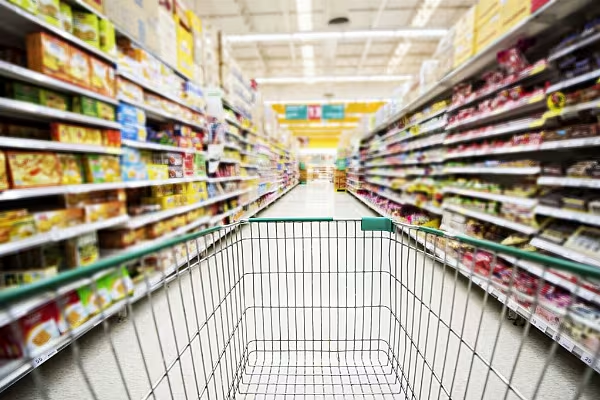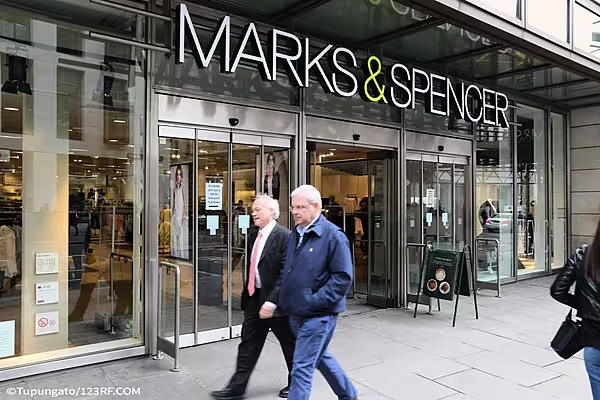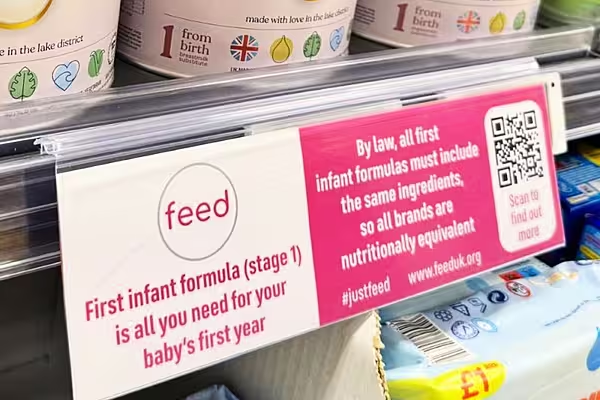In a new report, international grocery-research organisation IGD and the Consumer Goods Forum (CGF) have sought to identify the ten areas on which grocery retailers must focus to ensure that physical stores remain relevant for shoppers in an increasingly digital age.
Evolution of the Physical Store maps out a vision for the future, including a series of considerations for retailers, to ensure that they are ready to meet the demands of that future. It also looks at the forces informing and influencing store evolution, reveals global case studies of best practice, and offers separate checklists for retailers and manufacturers, to ensure that both groups make the most of the advice therein.
Joanne Denney-Finch, the chief executive of IGD, says, “The digital world is advancing at lightning speed, and the online shopping experience will just keep improving, which means it could be challenging for physical stores to remain relevant for shoppers in the future. However, we believe there will always be a place for bricks-and-mortar stores in grocery retailing, as physical stores will always be best placed to deliver instant gratification, impulse purchases, and customer service.
“We expect the store of the future to merge the physical and digital worlds, to create a much more absorbing experience, featuring fresh food, new products, unique events, and more ways to taste, learn and discover. Retailers and manufacturers must therefore work collaboratively, to prepare for the very different future taking shape around us.”
Stores Of The Future
IGD’s top ten areas for retailers and suppliers to consider as they prepare for the store of the future are:
1. Understand shoppers and their missions – distinctions between formats will become less relevant, and retailers and suppliers should engage and interact with shoppers in a much more individual way.
2. Better data will enable better service – enhanced use of data and analytics will help retailers make more informed decisions around their ranges. Personalisation will also be a major part of the store of the future.
3. Be ready to enable flexible store designs – robotics and technology will free up more space in store, which can be used to excite shoppers and drive footfall, with more focus on fresh food, shopper-mission fixtures, and convenient meal options.
4. Invest in staff – one of the main benefits of using more robotics and technology in store will be to free up staff to focus on value-added services. It will be essential for companies to have a friendly face to bring their brands to life.
5. Reconsider stores’ ranges – offer what e-commerce cannot. Shoppers’ more regular purchases will have increasingly shifted online, so stores’ ranges will need to be unique, adaptable and relevant.
6. Remove friction from the whole journey – a speedy experience at the checkout is very important to shoppers, so removing checkouts altogether could be a big gain, also freeing up space for new features and fixtures, and giving staff the opportunity to spend more time helping and inspiring shoppers.
7. Build and support brands – brand integrity is crucial, and manufacturers will need to continue to invest to find creative ways to build and support their brands.
8. Involve the supply-chain team earlier and more often – retailers will need greater understanding of demand planning and the ability to react quickly, plus greater collaboration across the chain.
9. New stores will require different ways to measure success – retailers will need to come up with new ways of measuring success for the store of the future and the demands created by shoppers.
10. Get buy-in from the top and from partners in the chain – retailers will need to establish and maintain a company-wide view of how the store will develop for their brands, putting the shopper at the heart of this evolution.
Innovate And Invest
Jon Wright, EMEA region manager at IGD and the author of the report, explains, “The physical store of the future must rapidly evolve and innovate to remain relevant. [...] Already we are seeing stores experiment in many ways to enhance the experience for shoppers, concentrating on visual appeal, product freshness, provenance and health – but there’s more to be done.
"Our vision of the store of the future will require investment from retailers and their suppliers, which is increasingly challenging in today’s competitive retail environment. Another key challenge will be in picking through the noise of what shoppers say they want and focusing initially on those elements that they’re actually ready to adopt."
IGD prepared the free-to-download report for CGF’s E2E Value Chain Learning Series.
© 2017 European Supermarket Magazine – your source for the latest retail news. Article by Aidan O’Sullivan. Click subscribe to sign up to ESM: The European Supermarket Magazine.













